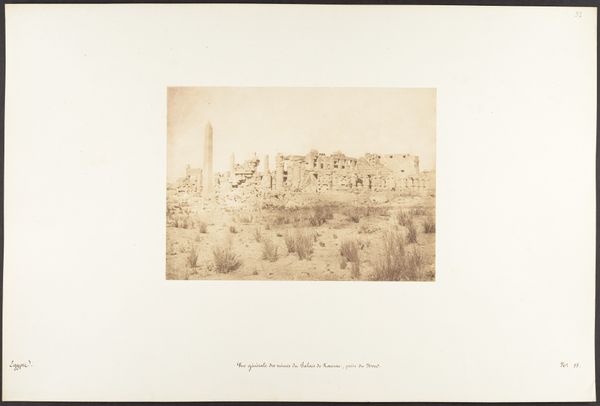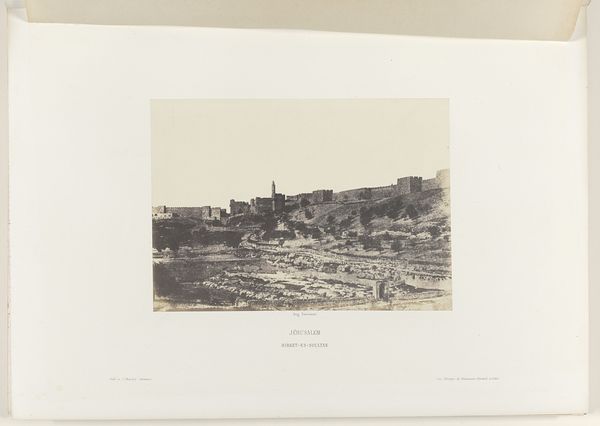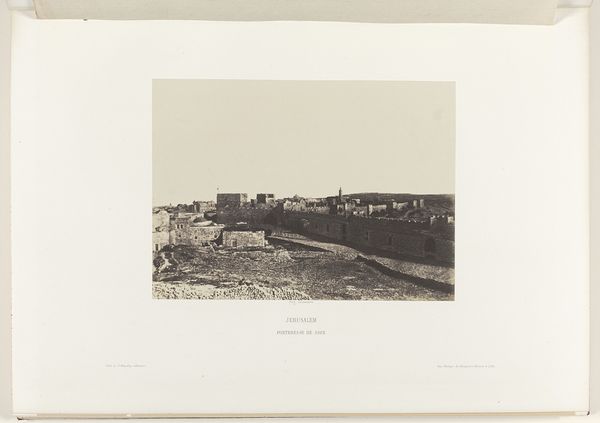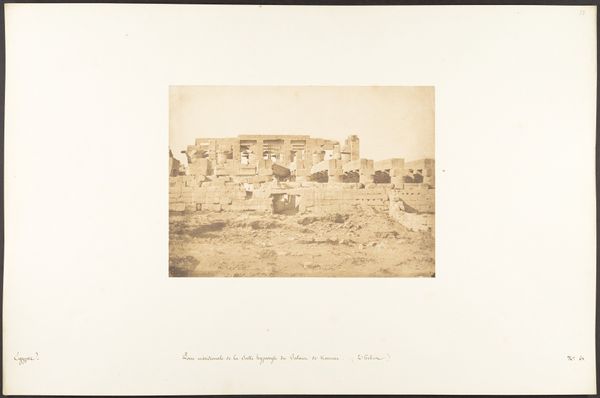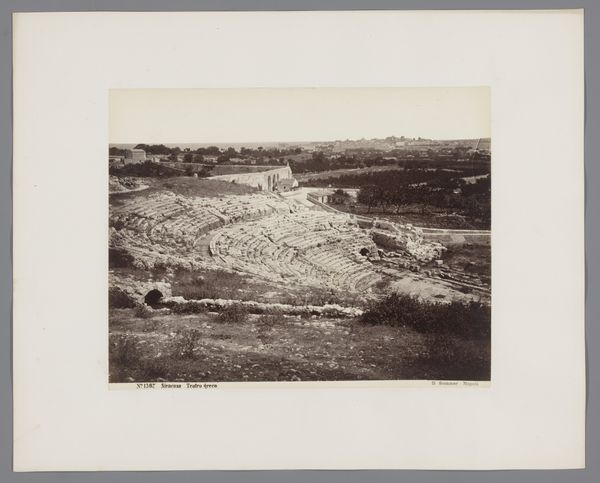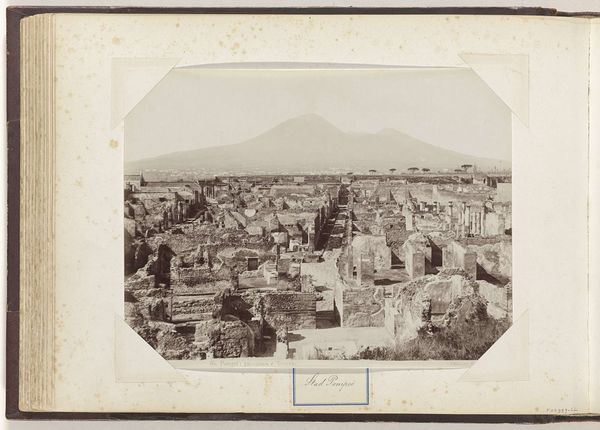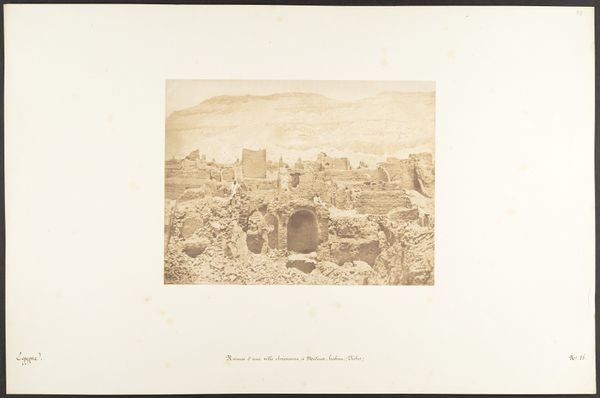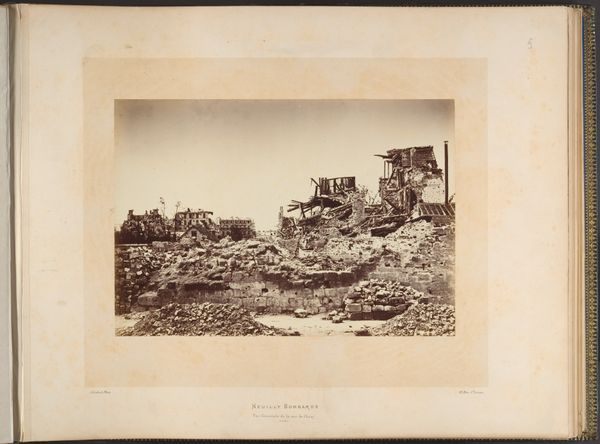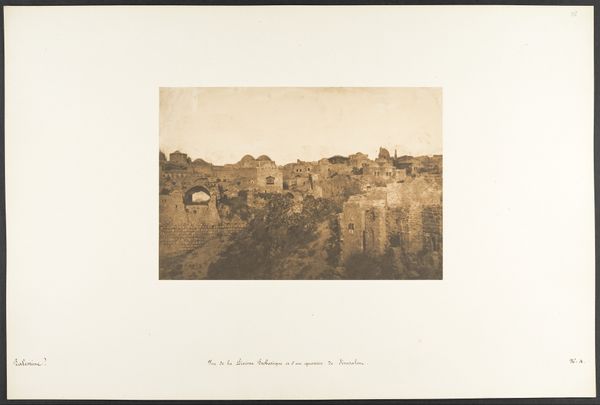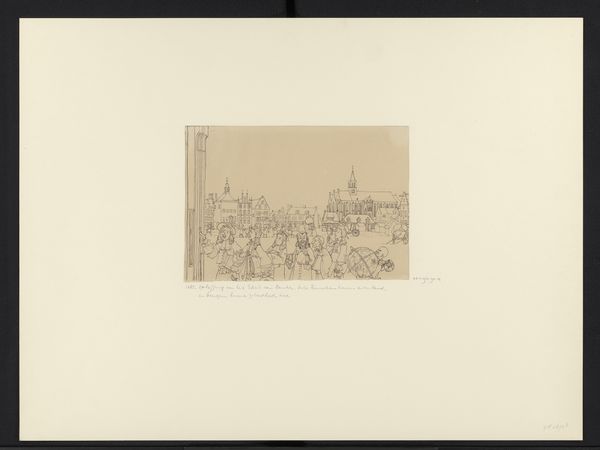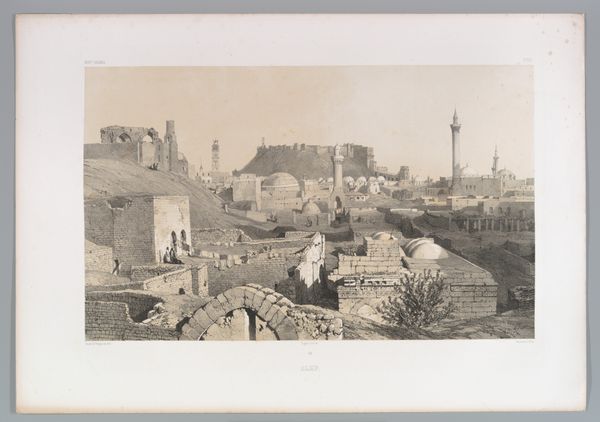
print, photography, albumen-print
# print
#
landscape
#
photography
#
cityscape
#
albumen-print
#
realism
Dimensions: height 120 mm, width 182 mm
Copyright: Rijks Museum: Open Domain
This photographic print showing a view of Grund in Luxembourg City was made in 1899 by an artist known only as LL. It is made using a process called albumen printing, which was popular in the late 19th century. The process involves coating paper with albumen, the white of an egg, along with a silver solution to make it light-sensitive. The negative is then placed on the prepared paper and exposed to sunlight, which turns into a sepia-toned image. The photograph would have been a novel method of mass production at the time, made for wider consumption. The appeal of this technique was that many copies of the print could be made easily, and were more widely available than other artworks such as paintings. The mass production of this photo creates new ways of experiencing a place, and new markets of consumers interested in scenes like this. Looking at it today, we should appreciate the intersection of technical skill, changing markets, and social trends that all helped to make the photograph possible.
Comments
No comments
Be the first to comment and join the conversation on the ultimate creative platform.
